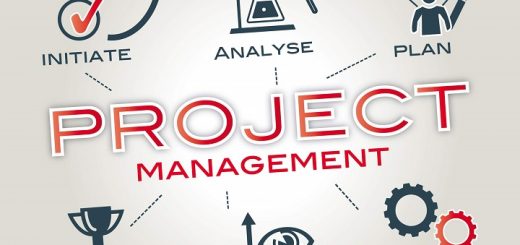I wanted to be a Fashion Designer
Some of you might have said this when you were growing up: “I want to become a Fashion Designer when I matriculate.” Do you remember having that dream? Here’s some advice to help you make that dream reality…
Junk Mail Digital Copy Editor, Liezl Grobler wanted to become a Fashion Designer when she was younger:
“As a young girl I dreamed of becoming a Fashion Designer. I used to spend hours drawing sketches of my own designs. I loved flipping through fashion magazines and looking at the glamorous clothing being modeled in it, and thought that becoming a world famous designer would be an amazing job to do.”
Today we are are following up on our very popular article entitled “Have you reached your goals set when you were young?” (which is part of our #YouWantMyJob and #WhenIGrowUp series) and looking at what it takes to become a fashion designer.
Here are some challenges to becoming a Fashion Designer:
- Very cost and labor intensive business.
- Consistency of sales and strong demand forecasts is the most difficult aspect of starting up a fashion business.
- The fashion industry is high-risk, capital intensive and highly seasonal
- One of the biggest challenges today for designers and producers is the lack of readily available credit.
How to become a Fashion Designer:
We had an opportunity to chat to James Barrett-Poulsen and Amy Liu, up and coming fashion designers who did extremely well at the AFI Mercedes-Benz Fashion Week in Johannesburg (MBFWJ2015) at the beginning of March this year. They teamed up and started LUMIN Clothing:
[iframe id=”https://www.youtube.com/embed/XytWG_Vu2bs” align=”center” maxwidth=”719″]
There are many ways to get started as a Fashion Designer. The most traditional route is to study Fashion Design. There are a number of Fashion Design colleges in South Africa. Most of them offer a 3 year course that should teach you the basics of Fashion Design, pattern making and garment construction.
 Depending on where you study, your other subjects could include History of Fashion, Media Studies, Business Management and Computer Aided Design. Going to college also has the additional perk of giving you three to four years to build relationships with people who will be active in the industry when you leave.
Depending on where you study, your other subjects could include History of Fashion, Media Studies, Business Management and Computer Aided Design. Going to college also has the additional perk of giving you three to four years to build relationships with people who will be active in the industry when you leave.
You can also opt to do part time courses.
The two most critical are pattern making and business management. With these two essentials you will be far more prepared to start a label than if you did a drawing class. Learning to sew is also extremely useful as it gives you the opportunity to manufacture at a cheaper rate. It also teaches you how fabric behaves and compliments the pattern making, but it is also very time consuming (which may hinder your progress as a label). It is therefore not necessary to know how to sew, as you can outsource this to a CMT or hire someone to do it.
Where to study: Fashion Design courses are offered at TUT, CUT, LISOF and other institutions.
We hope you found this insightful and will be willing to share your story with us using the #WhenIGrowUp hashtag on your social media profiles. What did you dream of becoming? Did you / will you follow through? Leave a comment and let us know. Feedback is appreciated and welcome. Also feel free to check out the latest jobs in the fashion industry on Job Mail.
Watch this space for updates in our #YouWantMyJob and #WhenIGrowUp series of articles.







OMG!is LiSOF a registered institution?I ignored them the moment I thought it was a Bogus College.